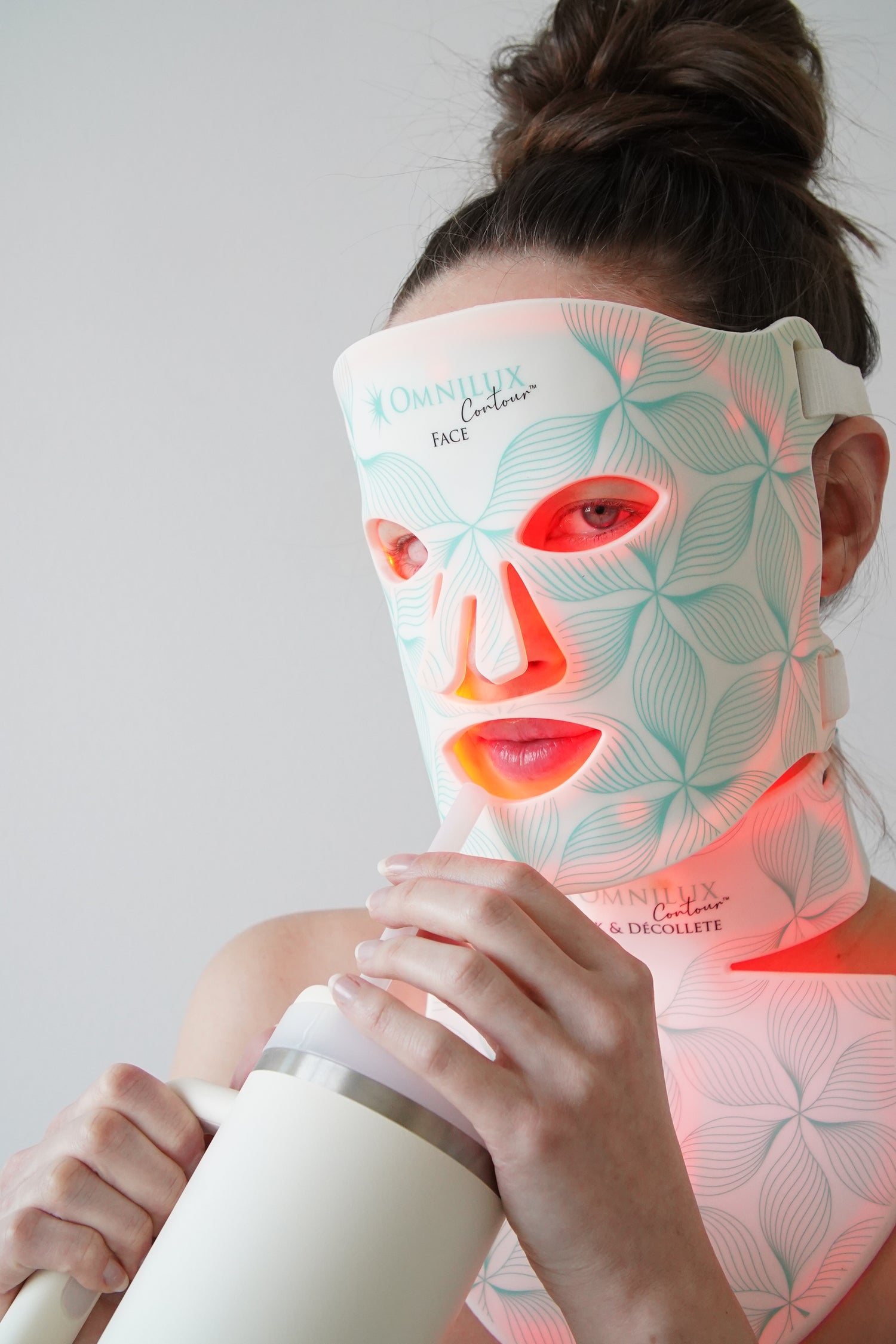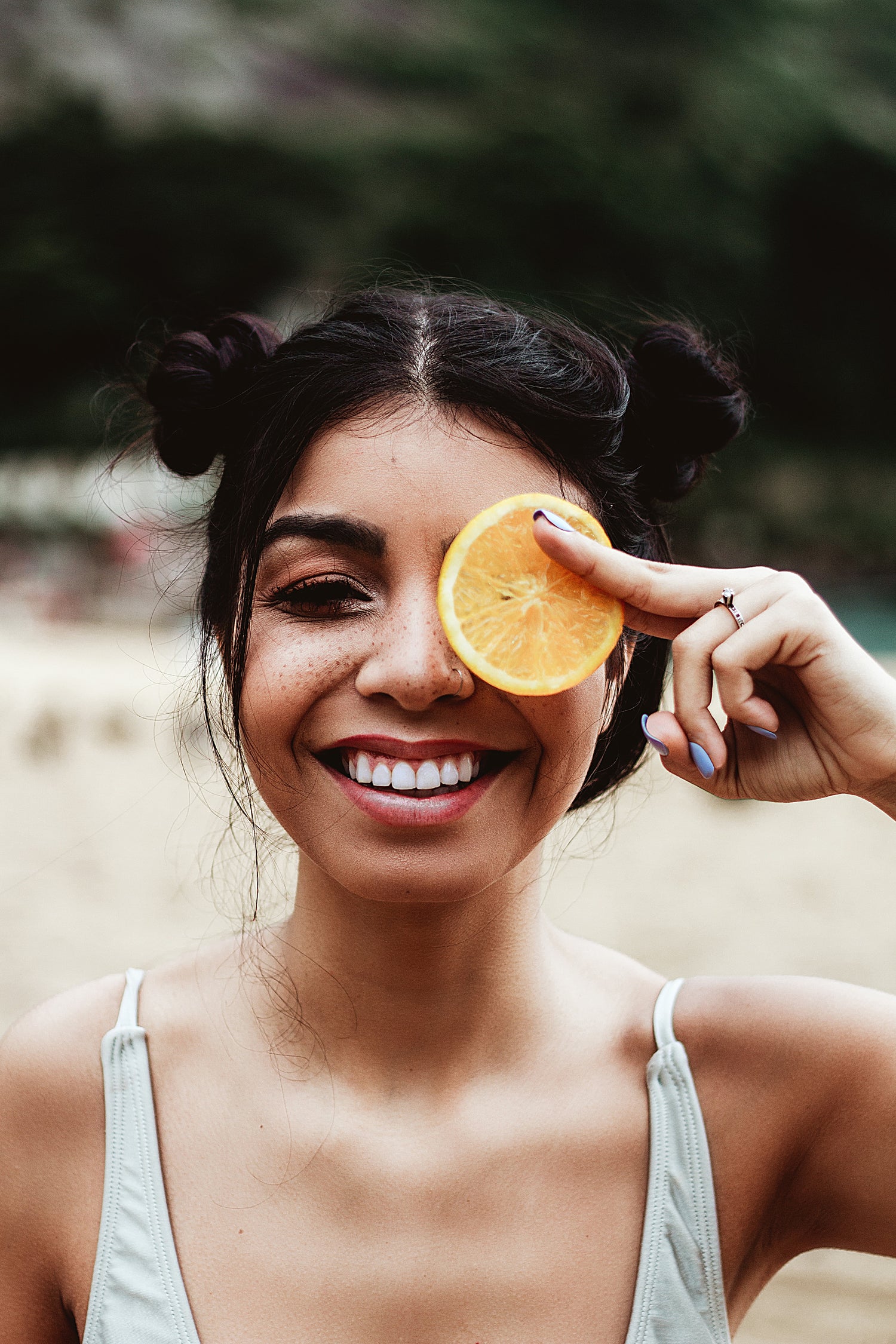Summer is the time to enjoy the warmth of the sun and flaunt your glowing skin. However, the combination of sun exposure and acne can lead to pesky skin pigmentation issues.
Learn how to prevent summer skin pigmentation on the body – in this blog post, we're focusing on UV pigmentation and acne scarring. We’ll delve into the benefits of using products like StackedSkincare TCA Multi-Acid Body Peel, EltaMD UV Lotion, and Environ Body Oil Forte to nourish and protect your full body.
What is Skin Pigmentation?
The Science Behind Skin Pigmentation
Skin pigmentation is caused by an overproduction of melanin, the pigment responsible for our skin color. Factors such as genetics, hormones, and inflammation play a role in triggering melanin production, but sun exposure and acne are significant contributors during the summer months.
UV Pigmentation
Ultraviolet (UV) rays from the sun can cause DNA damage in skin cells, leading to the overproduction of melanin and resulting in dark spots, freckles, and uneven skin tone.
Acne Scars and Pigmentation
Acne inflammation can cause post-inflammatory hyperpigmentation (PIH), leaving behind dark spots and uneven skin tone after healing.
Prevention and Treatment Strategies
Sun Protection
Protecting your skin from the sun is essential for preventing UV pigmentation. The American Academy of Dermatology recommends using a broad-spectrum sunscreen with an SPF of 30 or higher and reapplying it every two hours or immediately after swimming or sweating.
EltaMD UV Lotion: Powerful Full-Body Sunscreen
EltaMD UV Lotion is an excellent choice for sun protection, featuring zinc oxide, which provides broad-spectrum UVA/UVB protection. It also contains vitamin E, a potent antioxidant that helps defend the skin against free radicals and environmental damage. Sodium hyaluronate retains moisture and keeps skin hydrated.
Exfoliation and Peels
Regular exfoliation helps remove dead skin cells and promotes a more even skin tone. Chemical peels are effective at targeting pigmentation and improving skin texture.
TCA Multi-Acid Body Peel: Versatile Exfoliating Treatment
StackedSkin TCA Multi-acid Body Peel combines lactic acid, phytic acid, salicylic acid, and trichloroacetic acid to address various skin concerns, including pigmentation.
Lactic acid gently exfoliates and brightens the skin, while phytic acid inhibits melanin production to prevent pigmentation. Salicylic acid is known for its acne-fighting properties and ability to reduce inflammation. Trichloroacetic acid penetrates the skin deeply to stimulate collagen production and improve texture.
Topical Treatments
Using topical treatments that target pigmentation and promote skin health is crucial for preventing and treating dark spots caused by UV damage or acne scarring.
Environ Body Oil Forte: Nourishing Body Oil
Environ Body Oil Forte features retinyl acetate, a form of vitamin A that promotes skin cell turnover and helps fade pigmentation. Sunflower seed oil is rich in fatty acids that moisturize and soothe the skin, while rosemary leaf extract provides antioxidant protection and anti-inflammatory benefits.
Lifestyle Tips for Preventing Summer Skin Pigmentation
Stay Hydrated
Drinking enough water is crucial to maintain healthy skin. Proper hydration can help flush out toxins, improve skin elasticity, and reduce inflammation that may contribute to pigmentation.
Eat a Balanced Diet
A diet rich in antioxidants, vitamins, and minerals can help support skin health and prevent pigmentation. Foods like fruits, vegetables, lean proteins, and healthy fats provide essential nutrients for a radiant complexion.
Manage Stress
Stress can exacerbate skin conditions, including acne and pigmentation. Practicing relaxation techniques like meditation, yoga, or deep breathing exercises can help manage stress levels and promote overall skin health.
Get Enough Sleep
Adequate sleep is crucial for skin repair and regeneration. Aim for 7-9 hours of quality sleep each night to give your skin the time it needs to heal and rejuvenate.
Final Thoughts
Preventing summer skin pigmentation on the body is achievable with the right skincare routine, products, and lifestyle choices. Protecting your skin from the sun, using exfoliating treatments like the StackedSkin TCA Multi-acid Body Peel, and nourishing your skin with topical treatments such as EltaMD UV Lotion and Environ Body Oil Forte can help you maintain a radiant, even-toned complexion all season long. Remember to stay hydrated, eat a balanced diet, manage stress, and get enough sleep for optimal skin health. Embrace the sun this summer while keeping your skin healthy and glowing!
Resources
Arif, Tasleem. “Salicylic Acid as a Peeling Agent: A Comprehensive Review.” Clinical, Cosmetic and Investigational Dermatology, 2015, p. 455, https://doi.org/10.2147/ccid.s84765.
Babilas, Philipp, et al. “Cosmetic and Dermatologic Use of Alpha Hydroxy Acids.” JDDG: Journal Der Deutschen Dermatologischen Gesellschaft, vol. 10, no. 7, 2012, pp. 488–491, https://doi.org/10.1111/j.1610-0387.2012.07939.x.
Brenner, Michaela, and Vincent J. Hearing. “The Protective Role of Melanin against UV Damage in Human Skin.” Photochemistry and Photobiology, vol. 84, no. 3, 2007, pp. 539–549, https://doi.org/10.1111/j.1751-1097.2007.00226.x.
Cadet, Jean, et al. “Ultraviolet Radiation-Mediated Damage to Cellular DNA.” Mutation Research/Fundamental and Molecular Mechanisms of Mutagenesis, vol. 571, no. 1–2, 2005, pp. 3–17, https://doi.org/10.1016/j.mrfmmm.2004.09.012.
Chen, Ying, and John Lyga. “Brain-Skin Connection: Stress, Inflammation and Skin Aging.” Inflammation & Allergy-Drug Targets, vol. 13, no. 3, 2014, pp. 177–190, https://doi.org/10.2174/1871528113666140522104422.
Davis, Erica C, and Valerie D Callender . “Postinflammatory Hyperpigmentation: A Review of the Epidemiology, Clinical Features, and Treatment Options in Skin of Color.” The Journal of Clinical and Aesthetic Dermatology, vol. 3, no. 7, July 2010, pp. 20–31.
Lin, Tzu-Kai, et al. “Anti-Inflammatory and Skin Barrier Repair Effects of Topical Application of Some Plant Oils.” International Journal of Molecular Sciences, vol. 19, no. 1, 2017, p. 70, https://doi.org/10.3390/ijms19010070.
Mukherjee, Siddharth, et al. “Retinoids in the Treatment of Skin Aging: An Overview of Clinical Efficacy and Safety.” Clinical Interventions in Aging, vol. 1, no. 4, 2006, pp. 327–348, https://doi.org/10.2147/ciia.2006.1.4.327.
Naimi, Madina, et al. “Rosemary Extract as a Potential Anti-Hyperglycemic Agent: Current Evidence and Future Perspectives.” Nutrients, vol. 9, no. 9, 2017, p. 968, https://doi.org/10.3390/nu9090968.
Papakonstantinou, Eleni, et al. “Hyaluronic Acid: A Key Molecule in Skin Aging.” Dermato-Endocrinology, vol. 4, no. 3, 2012, pp. 253–258, https://doi.org/10.4161/derm.21923.
Popkin, Barry M, et al. “Water, Hydration, and Health.” Nutrition Reviews, vol. 68, no. 8, 2010, pp. 439–458, https://doi.org/10.1111/j.1753-4887.2010.00304.x.
Richards, Shawn. “Textbook of Chemical Peels: Superficial, Medium and Deep Peels in Cosmetic Practice.” Australasian Journal of Dermatology, vol. 49, no. 1, 2008, pp. 63–64, https://doi.org/10.1111/j.1440-0960.2007.00429.x.
Rizvi, Saliha, et al. “The Role of Vitamin E in Human Health and Some Diseases.” Sultan Qaboos University Medical Journal, vol. 14, no. 2, Apr. 2014, pp. 157–165.
Sarkar, Rashmi, et al. “Cosmeceuticals for Hyperpigmentation: What Is Available?” Journal of Cutaneous and Aesthetic Surgery, vol. 6, no. 1, 2013, p. 4, https://doi.org/10.4103/0974-2077.110089.
Schagen, Silke K., et al. “Discovering the Link between Nutrition and Skin Aging.” Dermato-Endocrinology, vol. 4, no. 3, 2012, pp. 298–307, https://doi.org/10.4161/derm.22876.
Smith, Walter P. “Epidermal and Dermal Effects of Topical Lactic Acid.” Journal of the American Academy of Dermatology, vol. 35, no. 3, 1996, pp. 388–391, https://doi.org/10.1016/s0190-9622(96)90602-7.
Sundelin, Tina, et al. “Cues of Fatigue: Effects of Sleep Deprivation on Facial Appearance.” Sleep, vol. 36, no. 9, 2013, pp. 1355–1360, https://doi.org/10.5665/sleep.2964.
“Sunscreen Faqs.” American Academy of Dermatology, www.aad.org/public/everyday-care/sun-protection/shade-clothing-sunscreen/sunscreen-faqs.






